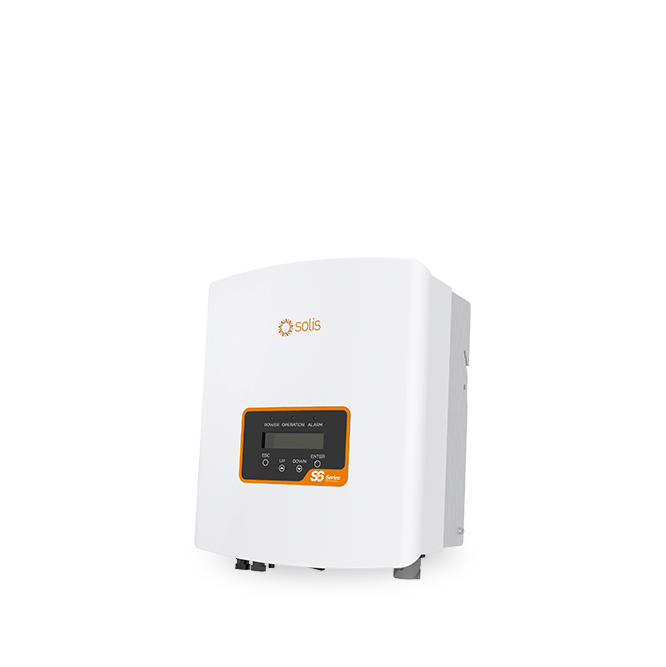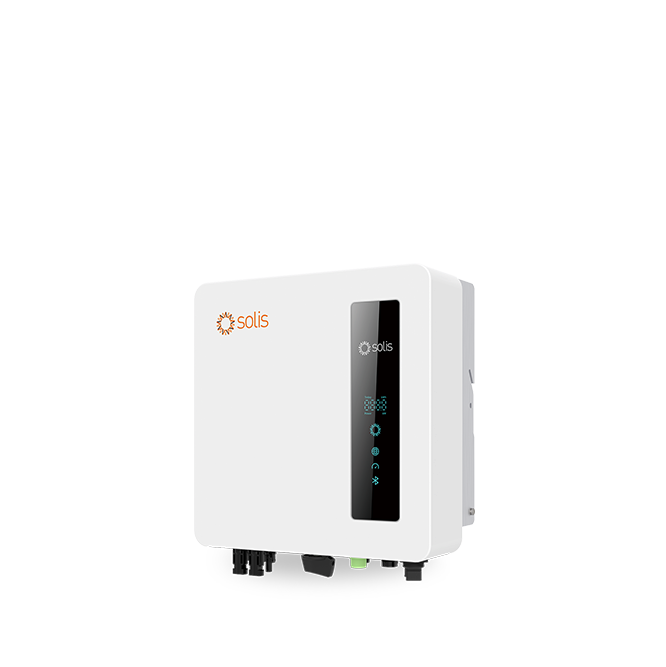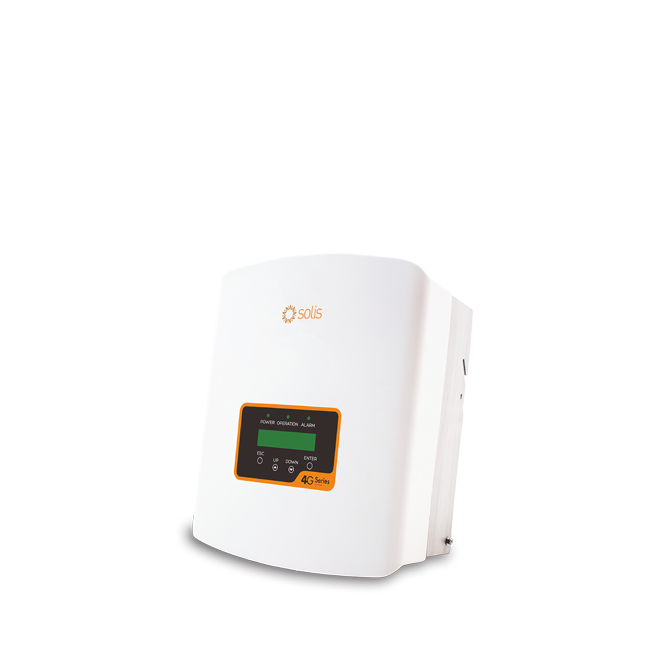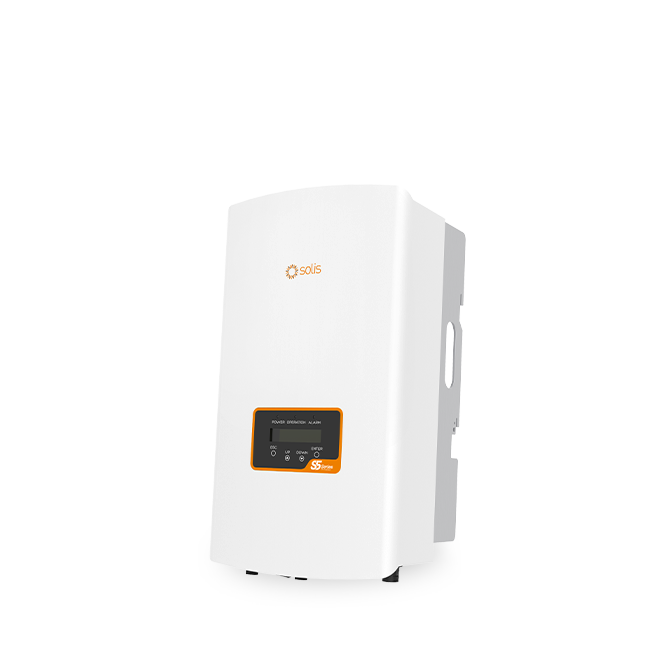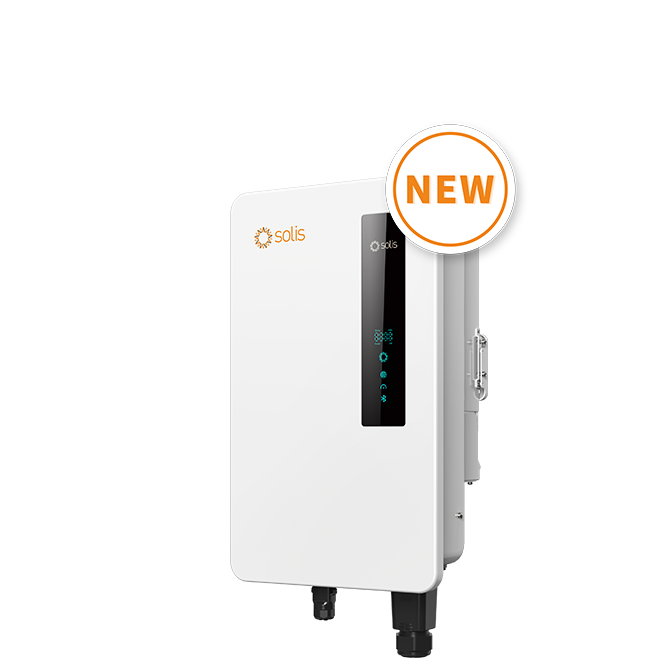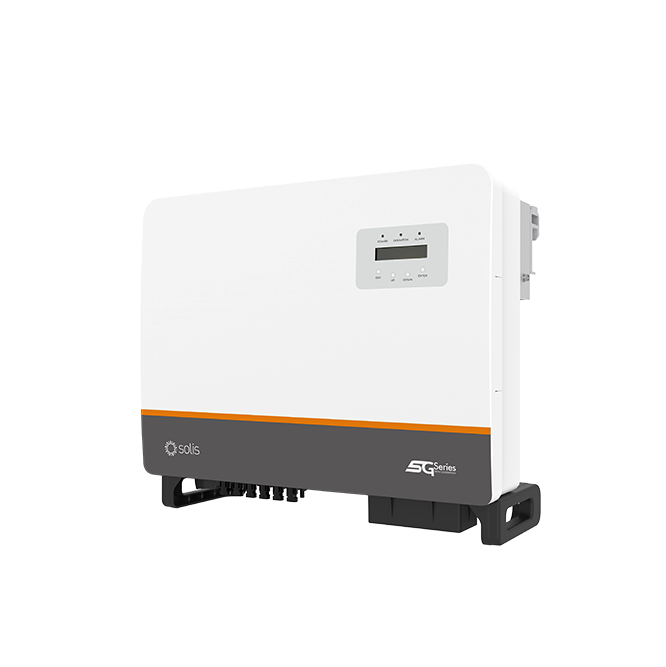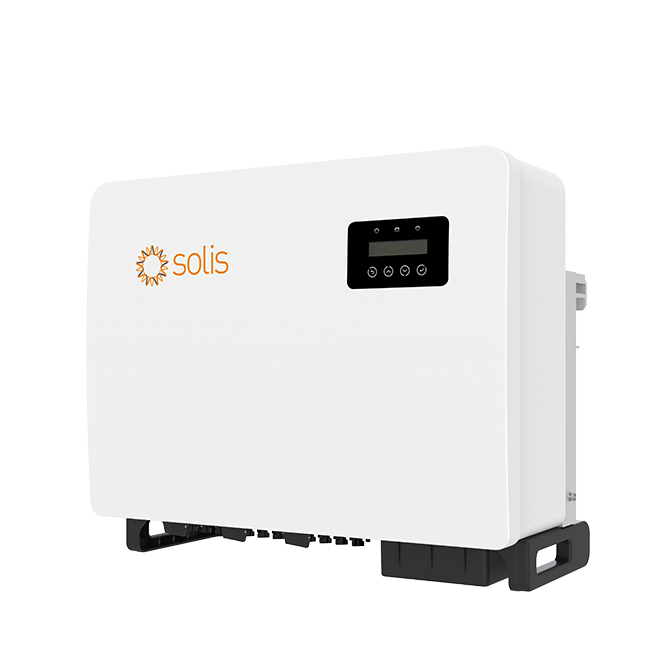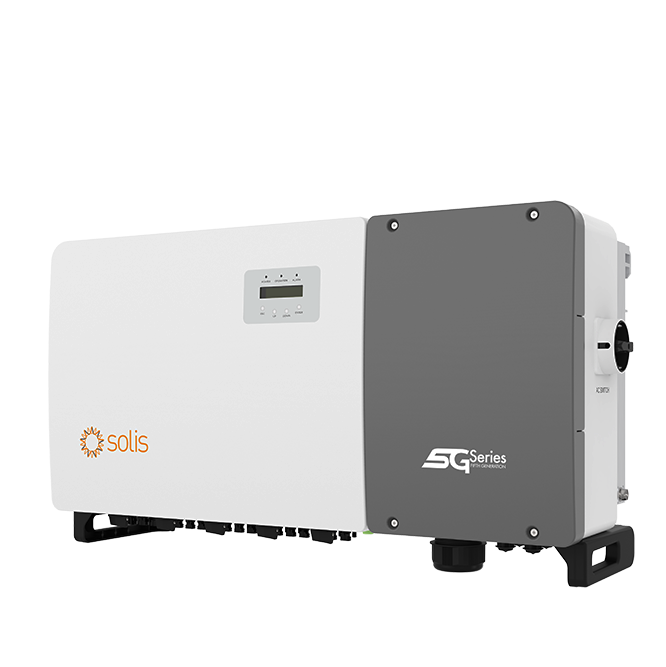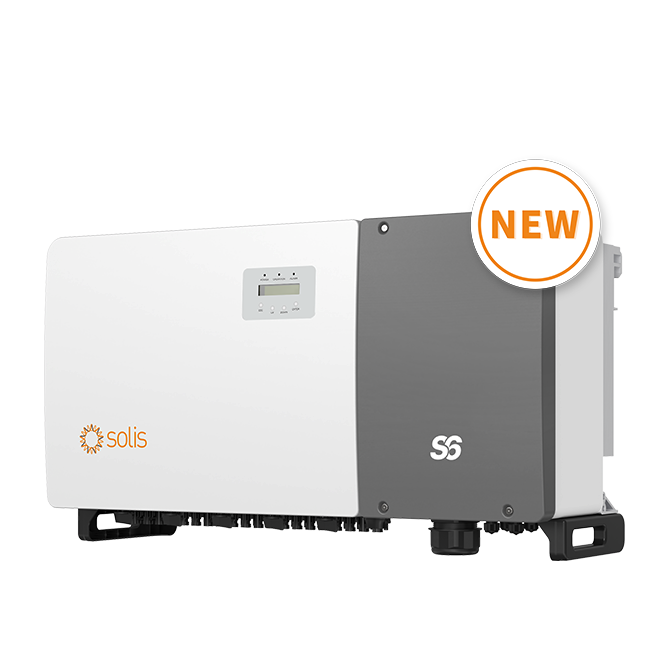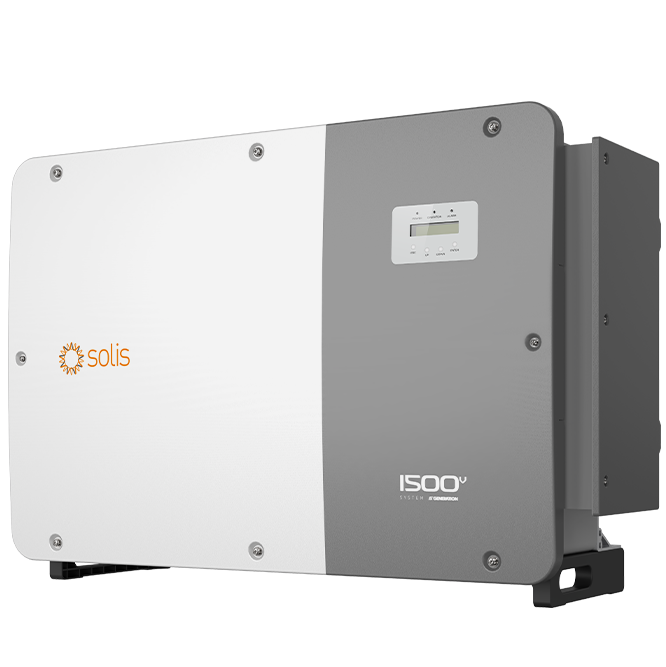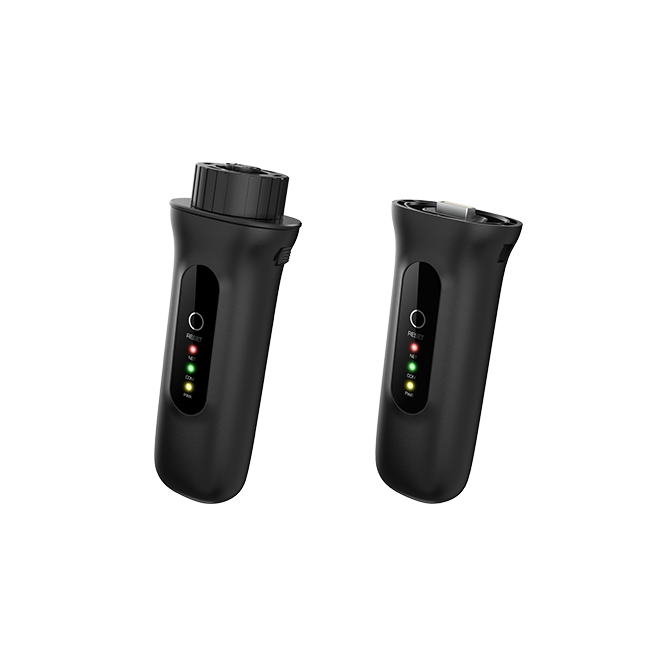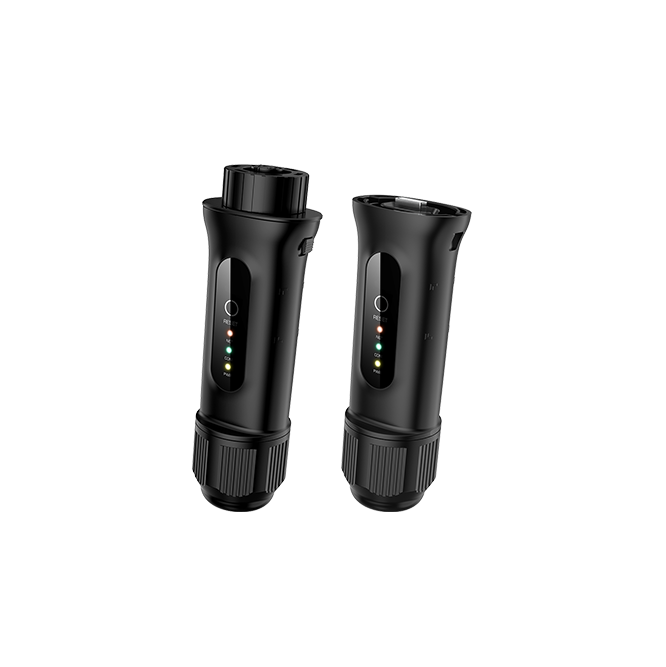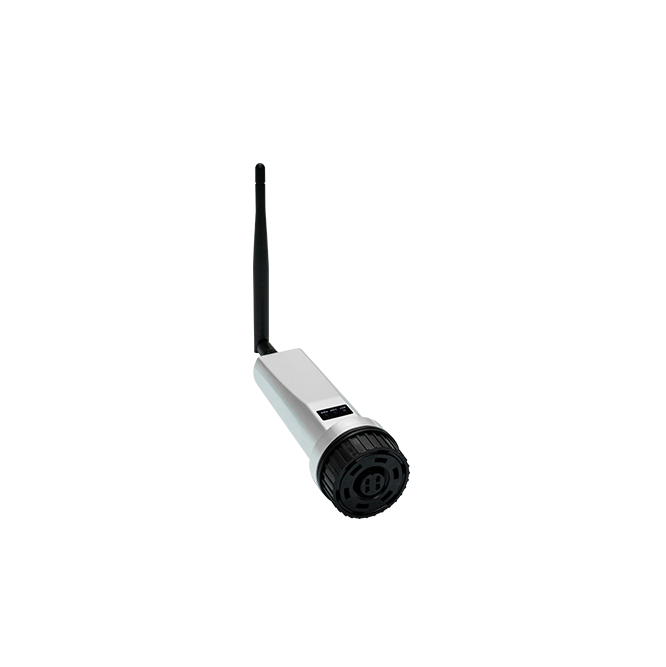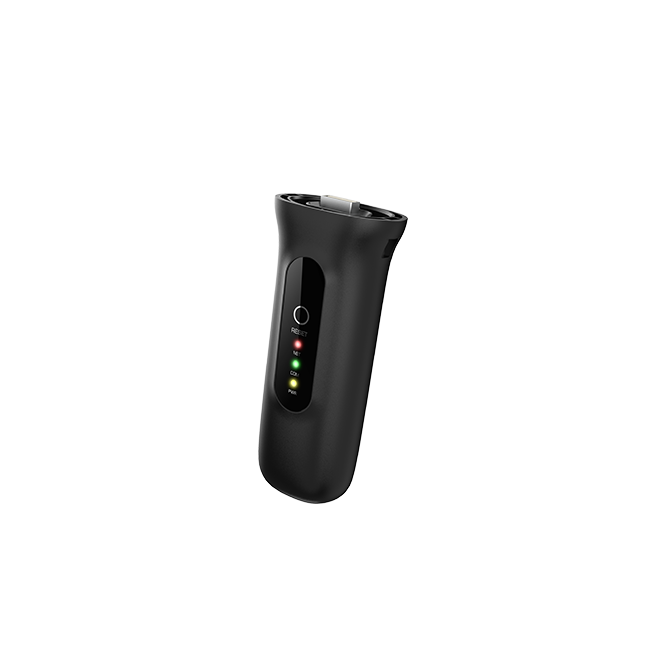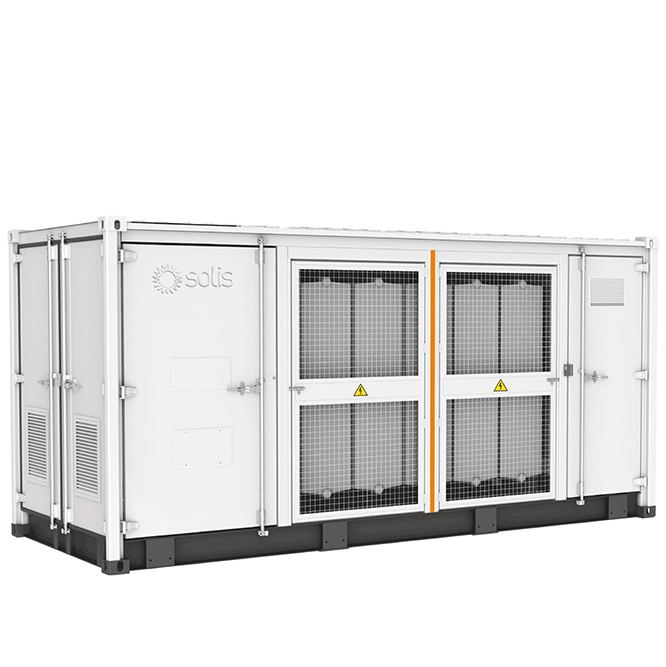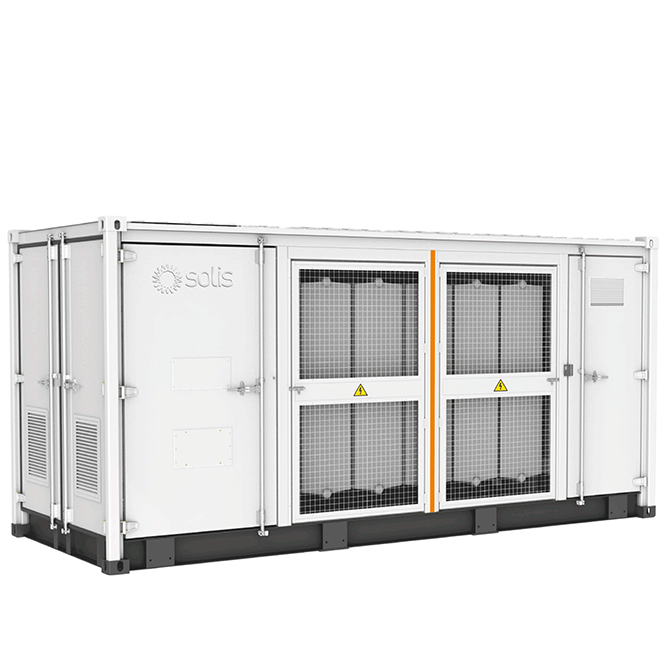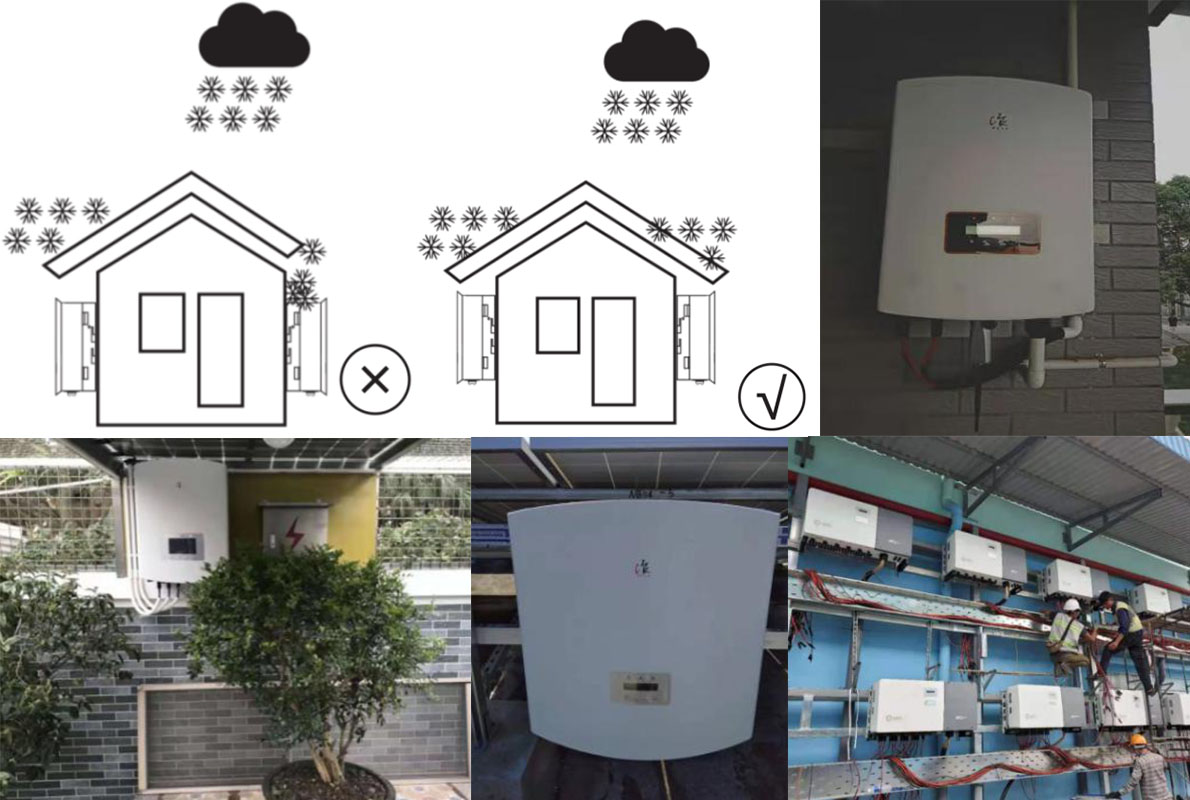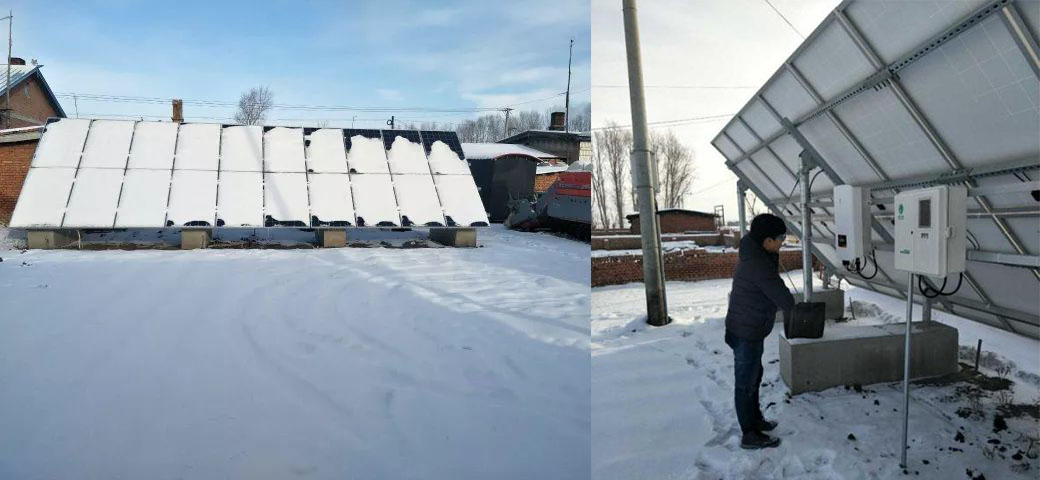The severe winter and snow are coming as excepted , how to inspect and maintain the PV plant?
Today, many places have been "baptized" by winter snow, but the real winter has just begun. . . So, don't forget: PV plant is still in outside! Snow blocking the sunlight and reduce your income. If a thick layer of snow accumulates in a PV plant, what should we do? What issues do we need to pay attention to during the inspection, O&M of PV plant in low temperature and snowy weather? Today, Solis Classroom will share with you all.
1.The impact of low temperature and snow on PV plants
The operating temperature of general components is -40~80℃, and the inverter operating temperature is -25℃~60℃. Therefore, extreme low temp
erature will affect the use of equipment; at the same time, which will cause frost heave of the cement block and destroy it, also lead to PV panel, Inverters, distribution boxes, transformers be tilted, twisted or even collapsed; and snow may cause large-area deformation or even damage to PV panels, and may block or freeze the panels for a long time, which affects the power output of the power station.
2.winter inspection and maintenance of PV plants
1)Pay attention to the following issues when you prevent or remove snow from a PV Panel.
①It is necessary to use soft materials to remove snow, and it is prohibited to use shovel to remove snow to prevent scratching the panel glass and affecting its efficiency.
② Do not step on the PV panel to clean, which may cause cracks or damage and affect the life of it.
③ It is necessary to clean the snow regularly, and do not wait for the snow to be too thick before cleaning, so as to avoid PV panel surface from freezing or deforming.
④ Snow removal needs to be completely cleaned up, as small patches of snow cover can cause integral panel failure and significantly reduce the system's power generation efficiency.
⑤ Do not use hot water to flush PV panel to avoid surface damage caused by uneven heating and cooling.
Another Snow removal method:
1). For small power stations such as residential plant, cloth or plastic paper can be used to cover the battery panels before snow, and they can be opened after snow.
2). If possible, it is recommended to buy a snow removal and anti-icing spraying reagent on the market to clear snow from glass surfaces through drones, which will not damage the surface of the PV panels and can also help snow melt quickly and prevent icing.
2)Inspection of cables and power distribution equipment
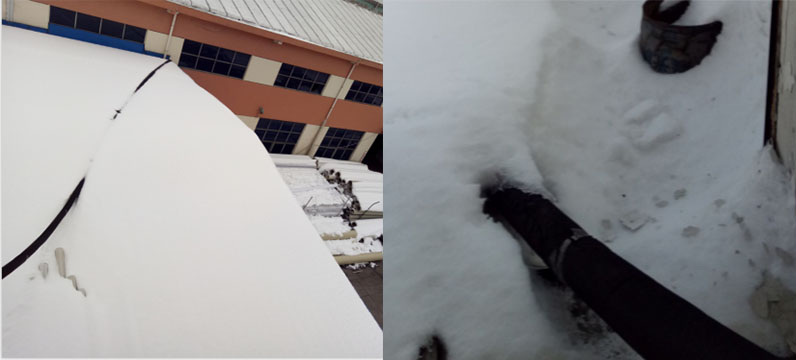
① The AC and DC cables need to be adequately protected in advance to prevent them from being directly wrapped by snow.
②Check whether the AC and DC cables are damaged or the connectors are exposed to air, if yes, please correct them in time.
① Clean the snow on the top of the distribution box.
②Check whether the sealing of the distribution box is tight and whether the fireproof mud is tight.
③Check whether there is snow and water in the distribution box, if necessary, clean it up in time and do post-protection.
3)O&M of inverter
① The installation position of the inverter must be protected by a shield
② No need to worry about inverter operation at low temperature, It will work when the conditions are right.
As the core component of the PV system, the inverter can still work even in a low temperature environment. For example, the PV plant project in Heilongjiang Province of China, the highest temperature in the area is often around -25°C in winter, and Solis Inverters can still generate power.
③ Inverter is prone to problems in winter
A.
OV-DC (DC overvoltage)
In winter, OV-DC alarm is the most likely problem for PV plant projects. This is mostly due to the fact that the previous design did not take into account the factors of voltage rise caused by extreme low temperature in this area.
The treatment methods are as follows:
Use the multi-meter measures the Voc of the string. If it exceeds the specified range of the inverter, reduce the number of PV panel in the string.
B.PV ISO- PRO
PV isolation protection is the second type of problem that is likely to occur in PV plants in winter. In particular, the increase in moisture in the environment causes the system impedance to become low, or the cables and joints are worn and exposed to the snow, and the inverter is easy to appear PV ISO- PRO alarm. The processing method is as follows:
Reason 1: poor isolation of photovoltaic modules and DC cables to the ground.
You could connect the string to the inverter one by one, when there is a B. PV ISO- PRO alarm, indicating that there is a problem with this group string.
In addition, you could use a multi-meter, megoh-mmeter and other instruments to measure the DC voltage of the string to the ground and the insulation resistance of the cable to the ground to troubleshoot the problem.
Reason 2: There is a problem with the grounding of each part of the system.
Check the grounding reliability of PV plants, PV stents, and inverters.
Reason 3: External environmental problems, increased air humidity caused by rain and snow.
You could wait for the system to return to normal after snow or modify the inverter insulation detection protection threshold.
C. ILeak-PRO
ILeak-PRO: leakage current protection is the third type of problem that is likely to occur in PV plants in winter. The reason is similar to B. PV ISO- PRO. Most of the cases are caused by the increase of moisture in the environment, resulting in large parasitic capacitance of PV panels to the ground or the cables and joints soaking at snow ( Inverter is easy to appear leakage current protection. Approaches:
Pay attention to the time when the inverter alarms it. If it is in the morning or after snow, it is normal and you can wait for it to recover.
If it happens frequently, it is due to high air humidity caused by frequent snowfall and snow melting, you could adjust the threshold value of residual leakage current on the inverter to modify (go to the special function bar of the inverter and select the ilak-Limit option to modify).
If it is not possible to recover by itself, check on the site whether the system cables, connectors and other parts are exposed, and repair them in time.
3. Conclusion
The snowy winter is coming. In this issue of Solis Small Classroom, we are introduce to you the main points to be paid attention to in the operation and maintenance of the power station in winter from all aspects of the photovoltaic system and hope to provide you with help so that your power station can also be fully powered in winter.

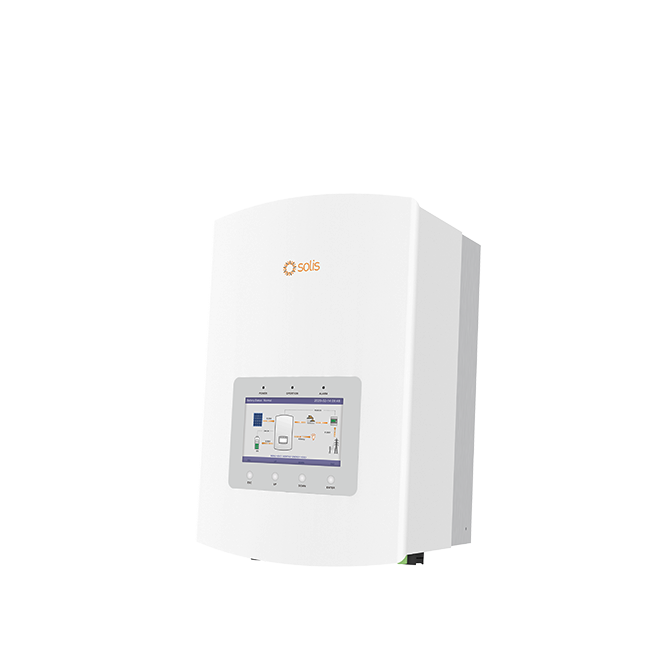 S5-EH1P(3-6)K-L
S5-EH1P(3-6)K-L
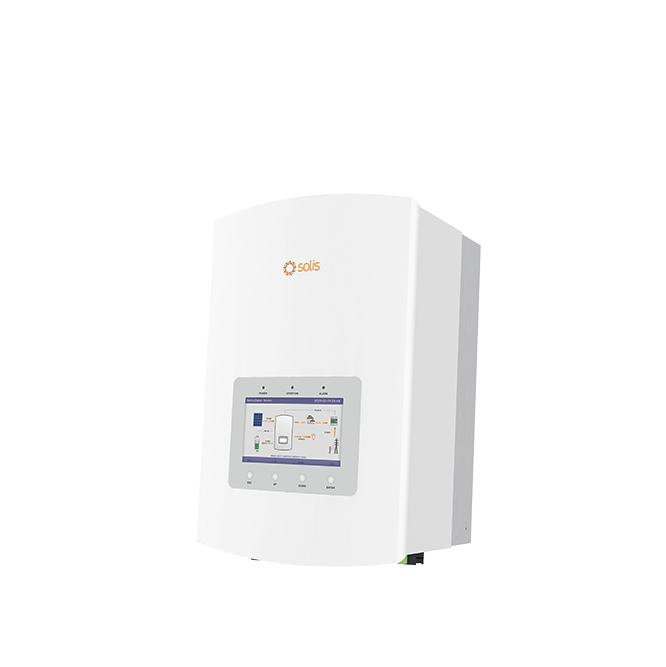 RHI-(3-6)K-48ES-5G
RHI-(3-6)K-48ES-5G
 S6-EO1P(4-5)K-48
S6-EO1P(4-5)K-48
 S5-EO1P(4-5)K-48
S5-EO1P(4-5)K-48
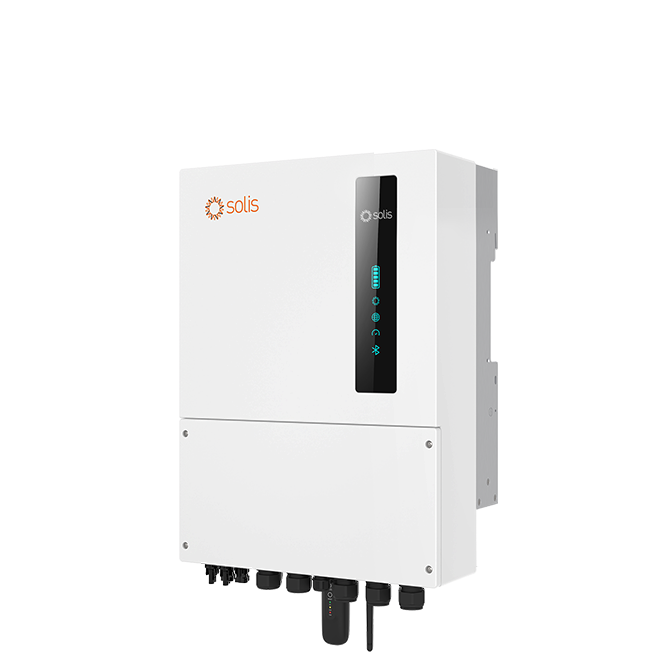 S6-EH1P(3-6)K-L-PRO
S6-EH1P(3-6)K-L-PRO
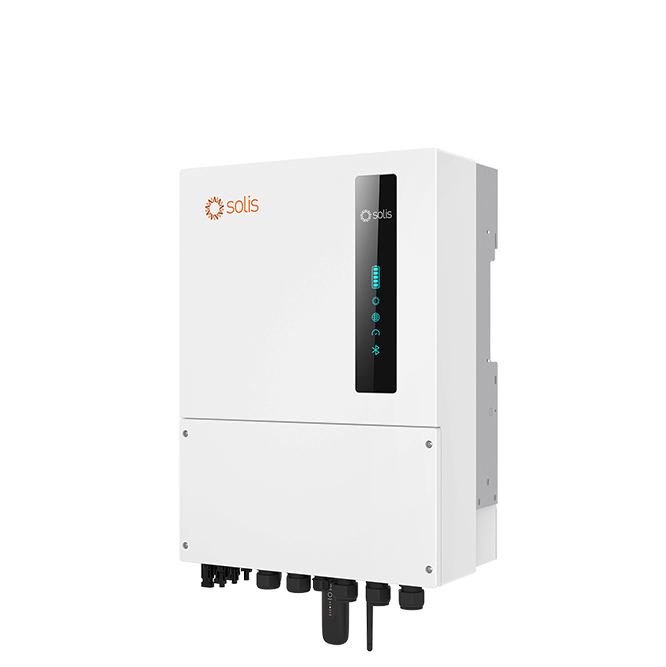 S6-EH1P8K-L-PRO
S6-EH1P8K-L-PRO
 S6-EH1P(3-8)K-L-PLUS
S6-EH1P(3-8)K-L-PLUS
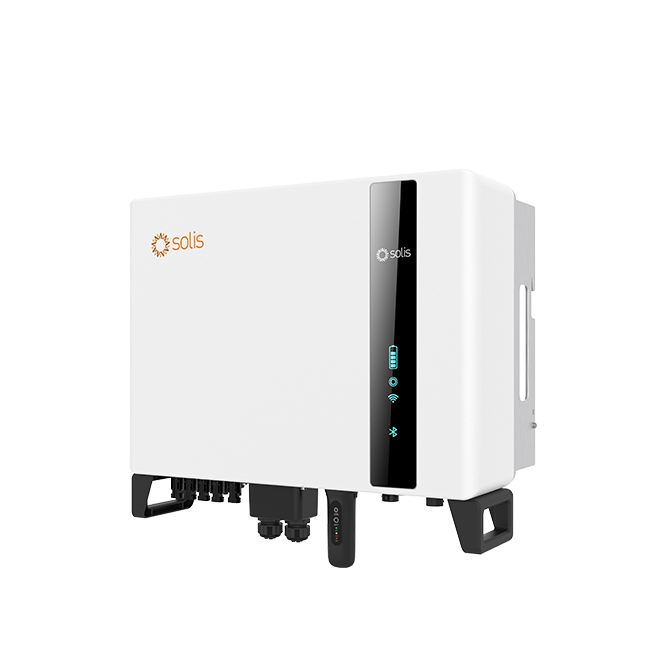 S6-EH3P(5-10)K-H-EU
S6-EH3P(5-10)K-H-EU
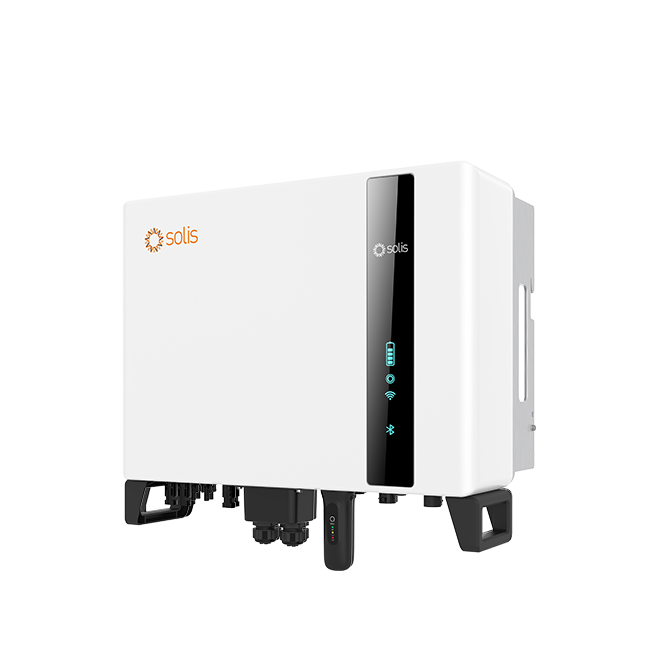 S6-EH3P(5-10)K2-H
S6-EH3P(5-10)K2-H
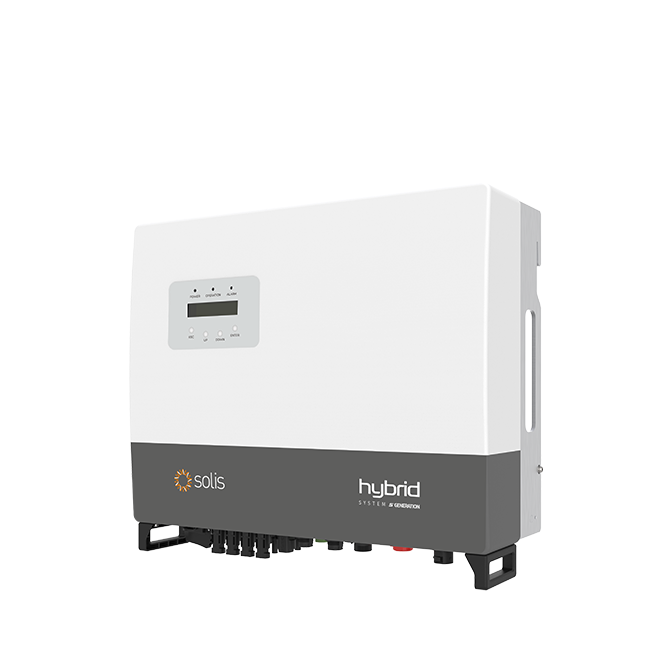 RHI-3P(5-10)K-HVES-5G
RHI-3P(5-10)K-HVES-5G
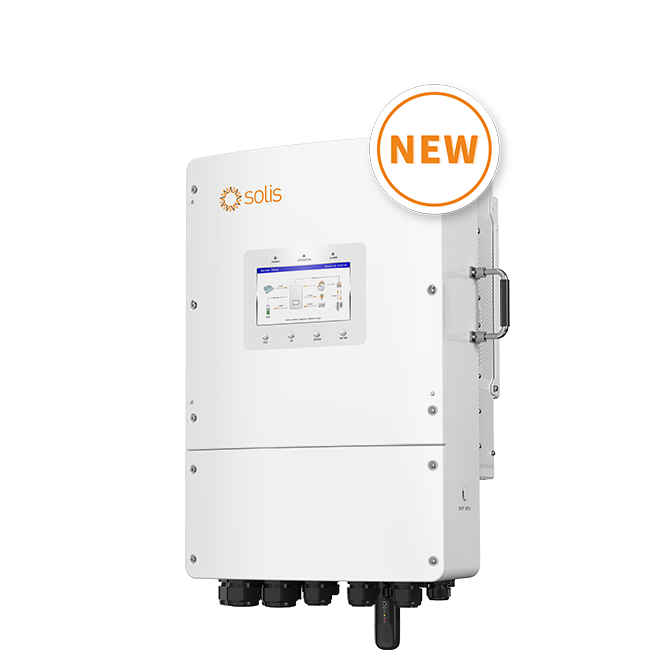 S6-EH3P(8-15)K02-NV-YD-L
S6-EH3P(8-15)K02-NV-YD-L
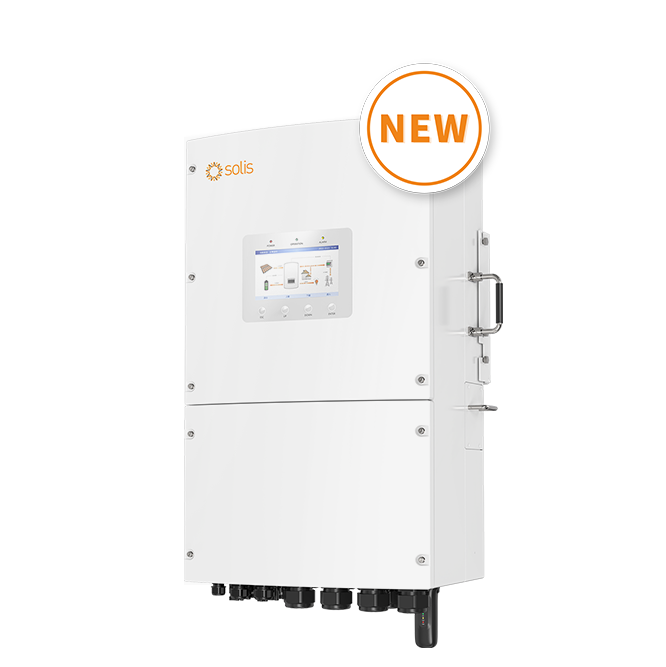 S6-EH1P(12-16)K03-NV-YD-L
S6-EH1P(12-16)K03-NV-YD-L
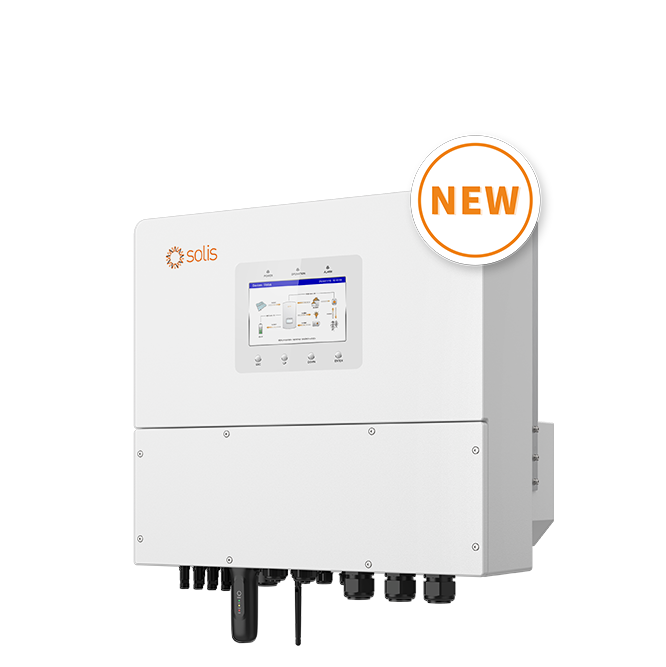 S6-EH3P(12-20)K-H
S6-EH3P(12-20)K-H
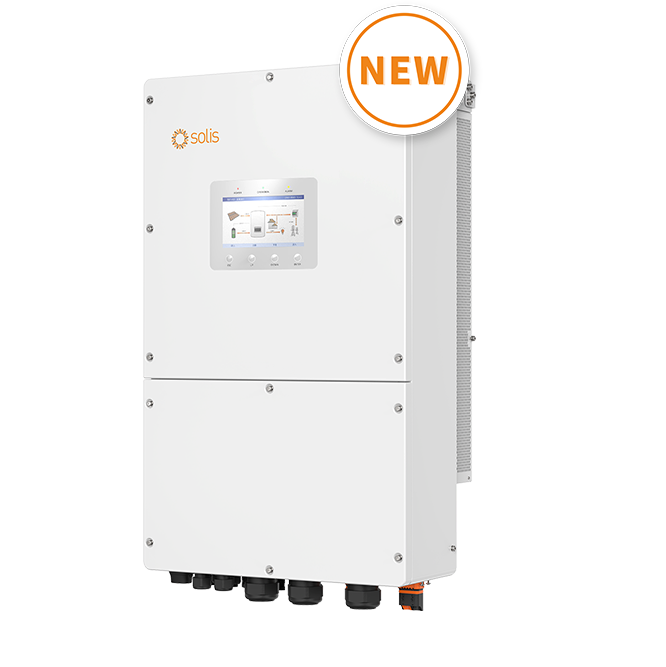 S6-EH3P(30-50)K-H
S6-EH3P(30-50)K-H
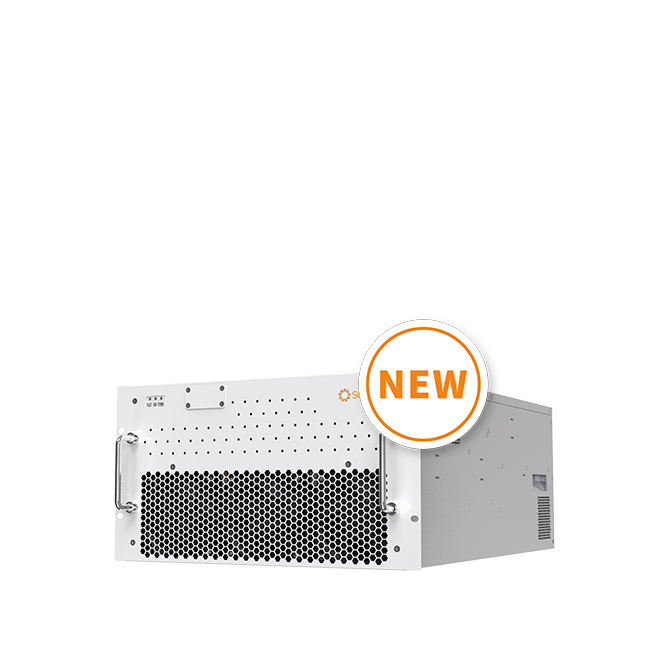 S6-PM3P(100-125)KAA-NV-ND-H
S6-PM3P(100-125)KAA-NV-ND-H
 中国
中国
 India
India
 Việt nam
Việt nam
 Australia
Australia
 대한민국
대한민국
 پاکستان
پاکستان
 ประเทศไทย
ประเทศไทย
Filipino
 Malaysia
Malaysia
 Bangladesh
Bangladesh
 Sri Lanka
Sri Lanka
 Indonesia
Indonesia
 Ireland
Ireland
 Türkiye
Türkiye
 United Kingdom
United Kingdom
 France
France
 Deutschland
Deutschland
 Nederland
Nederland
 España
España
 Česká republika
Česká republika
 Sverige
Sverige
 Polska
Polska
 Україна
Україна
 Italia
Italia
 Português
Português
 България
България
 Magyarország
Magyarország
 Lietuva
Lietuva
 Ελλάδα
Ελλάδα
 United States
United States
 Canada
Canada
 México
México
 Brasil
Brasil
 República de Chile
República de Chile
 South Africa
South Africa
 المملكة العربية السعودية
المملكة العربية السعودية
 الجمهورية اللبنانية
الجمهورية اللبنانية
 امارات عربية متحدة
امارات عربية متحدة
 اليمن
اليمن
 المملكة الأردنّيّة الهاشميّة
المملكة الأردنّيّة الهاشميّة
 جمهورية مصر العربية
جمهورية مصر العربية
 la République Tunisienne
la République Tunisienne
 Kenya
Kenya
 Tanzania
Tanzania
 Nigeria
Nigeria
 Other Countries and Regions
Other Countries and Regions
